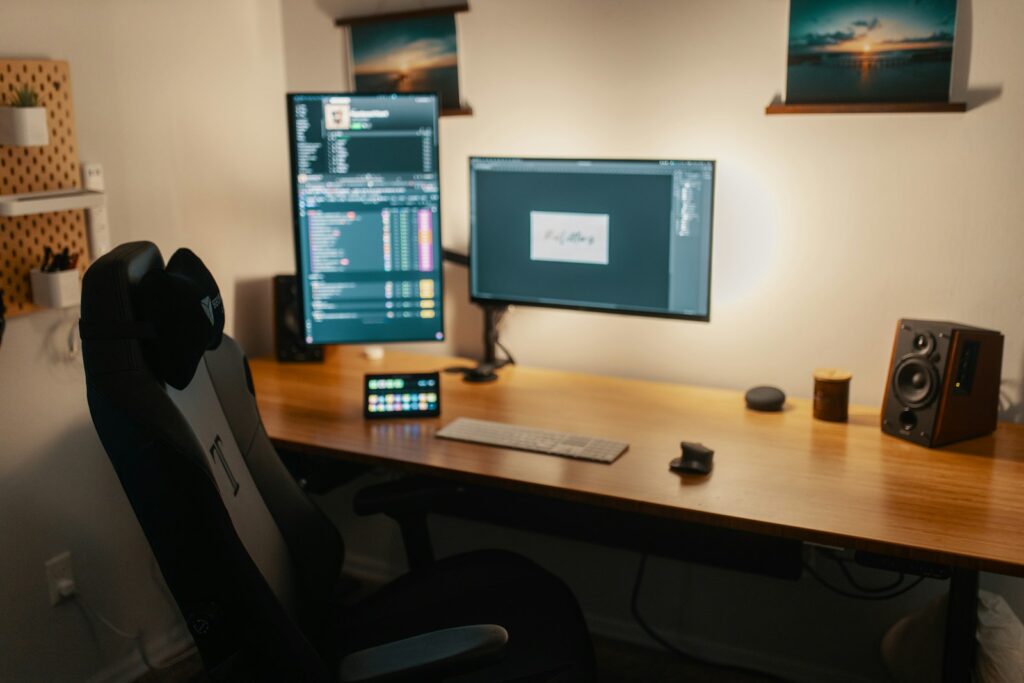That buzz in your pocket feels harmless until it’s not. The psychology of phone notifications shows they’re more powerful than we think. Each ping taps into brain chemistry and the economics of attention. It’s not just a distraction, but design.
To see why we can’t resist, let’s unpack dopamine, the attention economy, and simple ways to take back control.
Dopamine and Phone Addiction: The Brain’s Reward Loop
Every time a notification appears, your brain gets a hit of dopamine. This neurotransmitter drives reward-seeking behavior. It’s the same system linked to gambling and sugar cravings.
An LSE Research suggests that people unlock their phones hundreds of times a day, often without conscious thought. Psychologists call this a reinforcement loop: each notification is a cue, and your brain anticipates a reward, even if nothing valuable waits.
This is where dopamine and phone addiction meet. The act of checking itself becomes the habit, not the content.
The Attention Economy and Smartphones
There’s also money at stake. The attention economy and smartphones are intertwined. Your focus is the product. Social platforms and apps profit when you check in, so notifications are engineered to maximize “time on device.”
Studies confirm how costly this is. A 2025 experiment found that even subtle alerts degrade sustained attention and impair performance, whether or not people interact with the phone. Another meta-analysis showed that after each interruption, workers take more than a minute to fully regain focus.
In this economy, every vibration pulls value from your concentration to your creativity.
Why We Check Our Phones (Even Without Alerts)
So why do we reach for phones even when they’re silent? The answer lies in digital distraction psychology. Studies show people often check devices automatically, with no clear reason.
This behavior ties into continuous partial attention, a term coined by Linda Stone. It describes the state of being always connected, skimming everything, and never fully present. The result is mental fatigue and lower-quality focus.
Add in nomophobia, which is the anxiety of being without a phone, and you get the modern cycle of compulsive checking. Some estimates suggest two-thirds of people feel anxious when separated from their devices.
The Impact of Notifications on Focus
The impact of notifications on focus is more damaging than it looks. Even if you don’t open the alert, the simple act of hearing or seeing it splits your attention. Your brain shifts resources, ready to process “new information.”
Psychologists note that this makes notifications “micro-distractions” that snowball. Across a day, the lost minutes stack into hours of fractured attention. The more fragmented the focus, the harder deep work becomes.
Want to see another way subtle tech influences routines? Check How AI Is Quietly Reshaping Your Daily Routine.
How to Control Phone Notifications
The good news is, you don’t have to ditch your phone to reclaim focus. Learning how to control phone notifications starts with intentional choices.
- Silence the noise: Use “Do Not Disturb” during work or sleep.
- Batch alerts: Group non-urgent notifications into scheduled digests.
- Turn off badges: Red icons on apps trigger dopamine cravings just like pings.
- Reclaim rituals: Check messages at set times instead of every buzz.
A “Do Not Disturb” experiment showed that skipping notifications improved focus, but also triggered anxiety at first. After two weeks, though, most participants kept some version of quiet mode permanently.
These tweaks aren’t about disconnection, but about mindful reconnection. For bigger lifestyle ideas, see Digital Minimalism in a Hyperconnected World.
Rethinking Habits
The psychology of phone notifications reveals a cycle of dopamine, distraction, and economics. Each ping isn’t random. It’s designed to capture your attention.
But awareness is power. By managing alerts, setting boundaries, and rethinking habits, you can break the cycle. The goal isn’t to reject technology but to shift the balance, making space for presence over pings. In a world where convenience often wins, choosing attention is the quiet rebellion.




